For a holiday that celebrates love and companionship, Valentine’s Day can evoke some tragic feelings if you find yourself alone on the fated day. But February 14 hasn’t always been a bed of roses. Throughout history, the day has seen some weird and wild things that just might make you feel better about being alone.
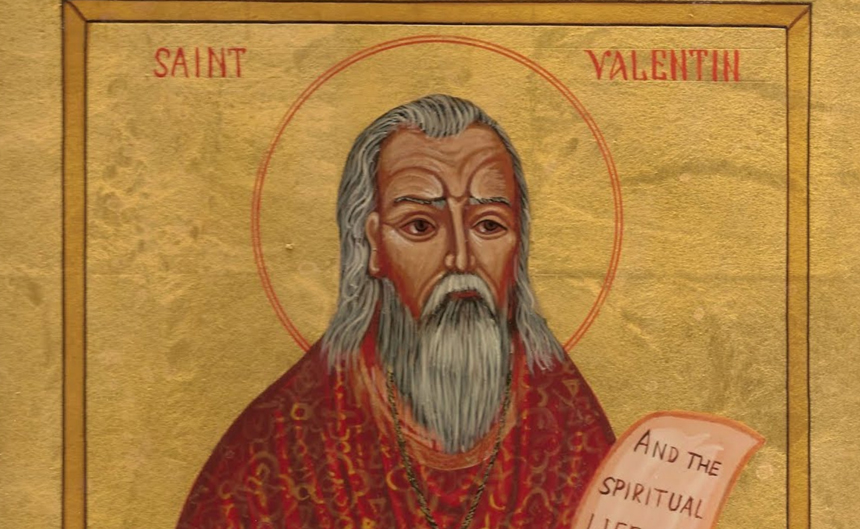
1. The Legend of Saint Valentine
No history of Valentine’s Day would be complete without the holiday’s surprisingly bloody origins. While you may have guessed that the holiday’s origins can be traced back to a martyred saint, there were actually at least three different saints who could have inspired the holiday. According to one legend, Saint Valentine was a Roman priest who defied Emperor Claudius II’s marriage ban among his soldiers, secretly performing marriages until he was discovered and put to death on (you guessed it) February 14.
Yet another legend suggests that Valentine was imprisoned and executed for helping Christians escape from Roman prisons. According to this story, Valentine actually sent the first “valentine” to a young girl (possibly his jailer’s daughter) with whom he’d fallen in love while imprisoned, signing the letter “from your Valentine.” Others claim that the holiday was actually named after Saint Valentine of Terni, a Roman bishop who was also executed by Emperor Claudius II.
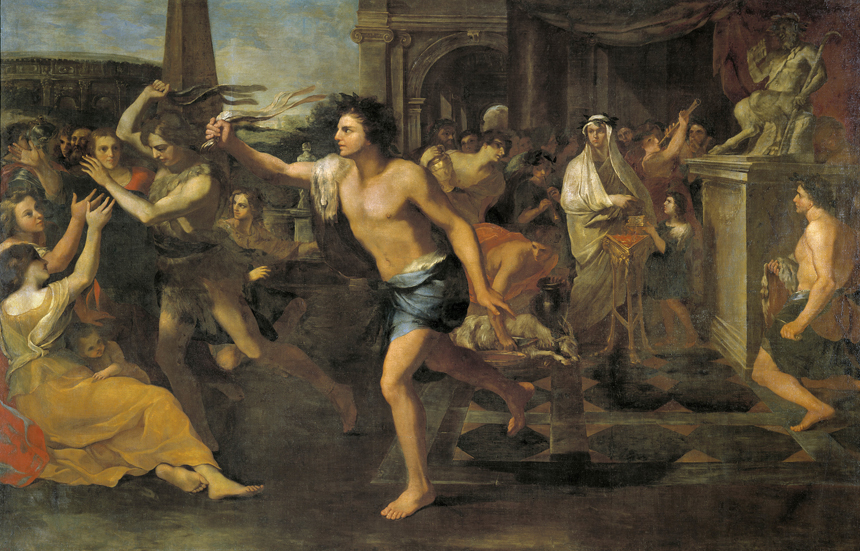
2. The Holiday’s Pagan Roots
Following the rapid spread of Christianity across Europe, the Church engaged in several efforts to Christianize pagan rituals and festivities. One such annual celebration was Lupercalia, a fertility festival held at the ides of February to honor Faunus, the Roman god of agriculture. Indeed, Pope Gelasius I replaced the festival with St. Valentine’s Day at the end of the 5th century, deeming the celebration “un-Christian.”
To celebrate Lupercalia, Roman priests sacrificed a goat and dog for fertility and purification, stripping the goat’s hide and dipping it into the sacrificial blood. The priests would then gently slap both women and crop fields with the hides to promote fertility. Yet another ancient Roman tradition was for all the young women in the city to place their names in an urn, from which the bachelors would choose a woman to be paired with for a year. While these matches often ended in marriage, a life-long companion was not always guaranteed.
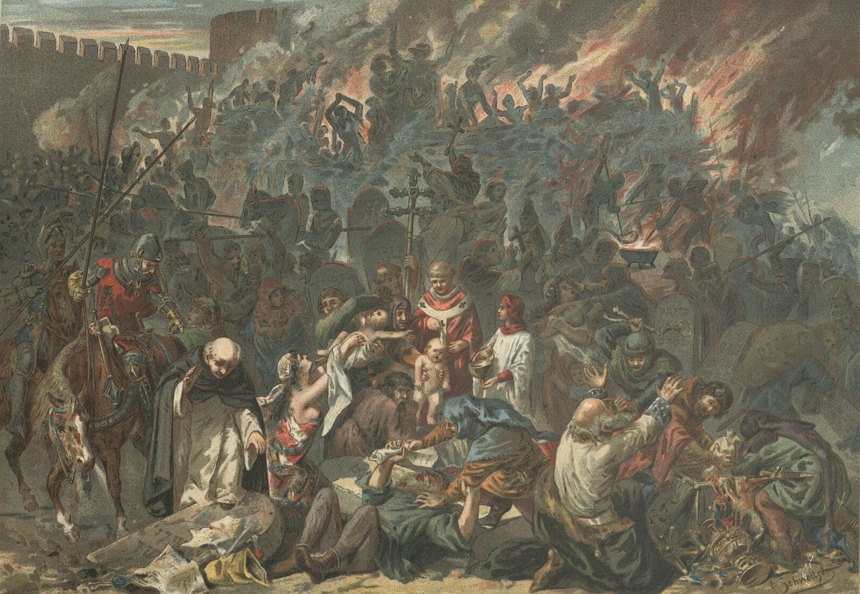
3. Valentine’s Day Massacres
Perhaps the deadliest incident to coincide with Valentine’s Day was the Strasbourg Massacre of 1349, in which the town’s French residents slaughtered as many as 2,000 Jewish locals. In the wake of the Black Plague sweeping across Europe, many of the town’s inhabitants found a scapegoat in the Jewish community. On February 14, Strasbourg’s Jewish residents were arrested and brought to the city cemetery to be burned alive, sparing only those who converted to Christianity.
Then there was Chicago’s infamous St. Valentine’s Day Massacre of 1929. While the crime remains officially unsolved, the massacre is widely believed to have been arranged by notorious mobster Al Capone, who ordered a hit on rival gang leader George “Bugs” Moran. Police believed that Capone set up an ambush by sending word to Moran that a shipment of bootleg whiskey would be sent to a garage owned by the latter. Moran, however, was not present, and when a group of his associates showed up, all seven were assaulted and shot execution style.
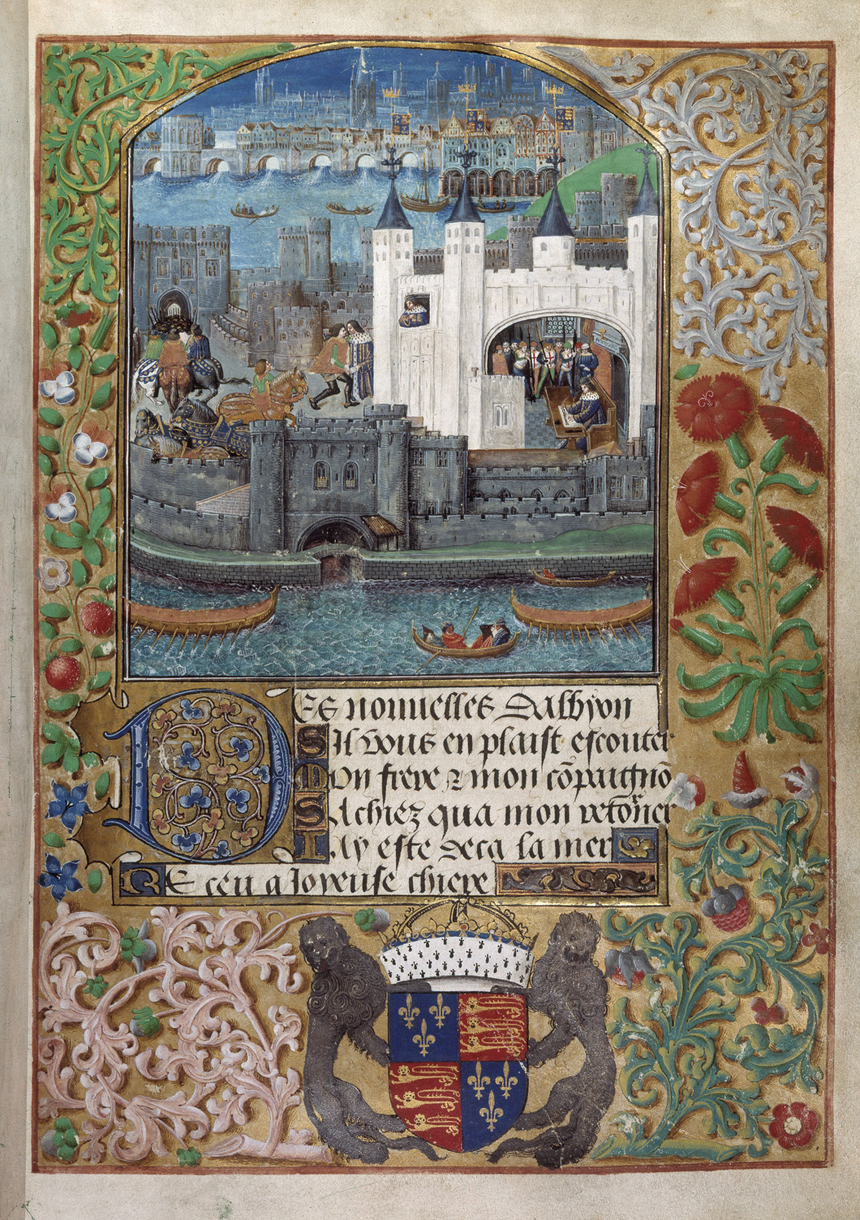
4. The Oldest Valentine
The oldest Valentine still in existence dates to the 15th century, when Charles, Duke of Orleans, wrote a poem to his wife while he was imprisoned in the Tower of London. Charles was captured after fighting at the Battle of Agincourt, in which England scored a massive victory against the French in the Hundred Years’ War. Charles was released from captivity 25 years later in 1440, but he would never reunite with his wife, who passed away before his release. The poem, which reads, “I am already sick of love, my very gentle Valentine,” is currently held in the manuscript collection of the British Library.
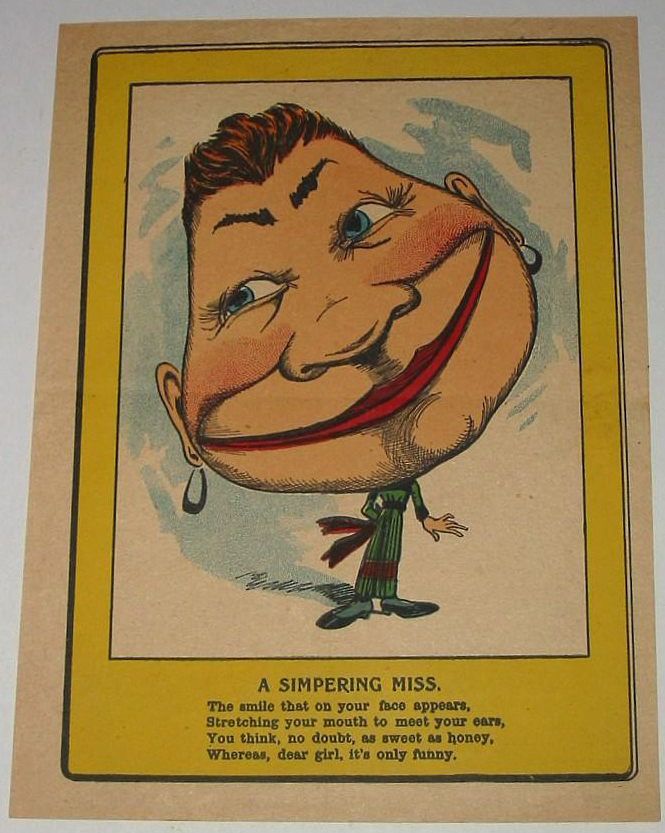
5. Vinegar Valentines
Valentine’s Day became associated with the exchange of gifts and handwritten notes around the mid-19th century, when couples would exchange objects such as spoons and gloves as a display of permanence. The first Valentine’s Day cards were handmade, usually consisting of a few lines written on paper that was often embellished with lace and hand-drawn hearts or flowers.
An alternative tradition emerged in the Vinegar Valentine, a rather mean-spirited card sent to unwanted suitors. One such card reads, “A simpering miss. The smile that on your face appears, stretching your mouth to meet your ears, you think, no doubt, as sweet as honey, whereas, dear girl, it’s only funny.”
Become a Saturday Evening Post member and enjoy unlimited access. Subscribe now


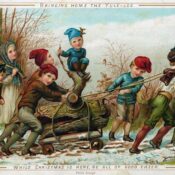

Comments
Well Jennie, you certainly didn’t sugarcoat the origins of this commercial holiday. Celebrations marred by violence and death from Emperor Claudius II to Al Capone. This is the most comprehensive article I’ve ever read on it. You’ve done a wonderful job, including the terrific links.
Still, you saved the best for last with the Vinegar Valentines. Proof that ending things on a sour note isn’t always bitter at all. I had no idea there was such a backlash in the 19th century until reading about it here. To say that 1900 caricature defies description certainly would have been true then, but not anymore. Can’t get it out of my head.